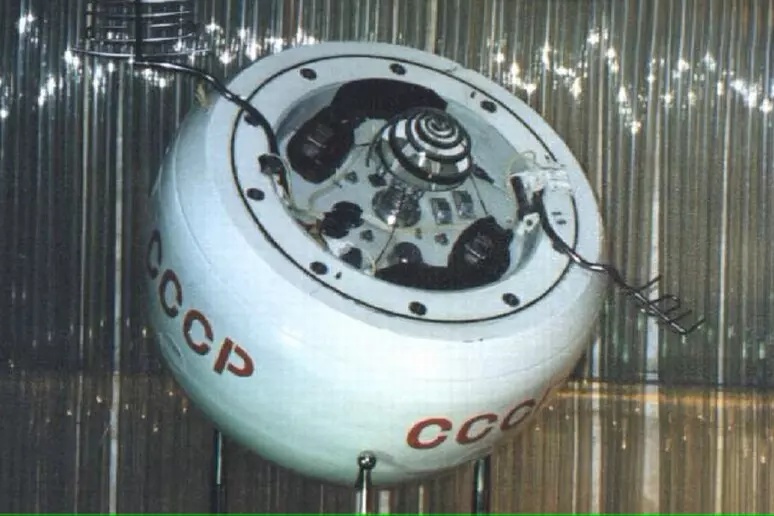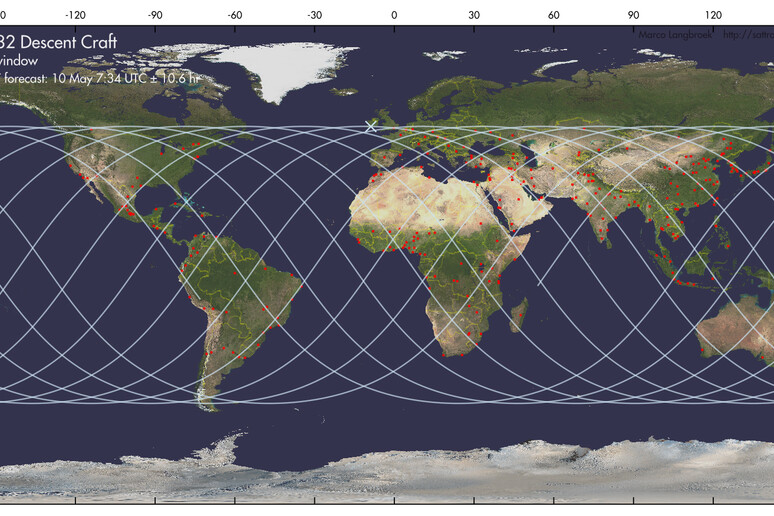An out-of-control Soviet space probe, Kosmos-482, could re-enter Earth’s atmosphere in the next few hours, with an extremely low but non-zero risk of impact on populated areas, including the United Kingdom.
Launched in 1972 with the goal of reaching Venus, the capsule–a hemispherical titanium structure weighing about 500 kilograms-never left Earth’s orbit because of a malfunction in the rocket’s upper stage propulsion system, which was supposed to put it on the trajectory to the planet. It has since remained in orbit, circling the Earth for more than 50 years.
According to European Space Agency forecasts, re-entry into the atmosphere is expected on Sunday morning, around 08:12 (British time), but the exact point of impact still remains uncertain. The potential trajectory covers a wide swath of the globe between 52° north and south latitudes, encompassing both terrestrial and oceanic areas.

Orbital dynamics expert Marco Langbroek, of the Technical University of Delft in the Netherlands, estimated that the reentry could occur even earlier, between Friday, May 9, and Saturday, May 10. Langbroek points out one particular cause for concern: the probe’s structure is designed to survive the extreme weather conditions on Venus, making it plausible that some components will withstand re-entry and reach the ground.
“It is possible that the capsule will survive the atmospheric crossing and impact intact,” he writes on his blog. “It will probably be a violent impact: I highly doubt that the parachute opening system is still functional after 53 years, considering also the state of the batteries.”
However, the chances of fragments reaching populated areas remain extremely low. The trajectory is constantly being monitored and, at present, experts believe a fall into the open sea is more likely.












